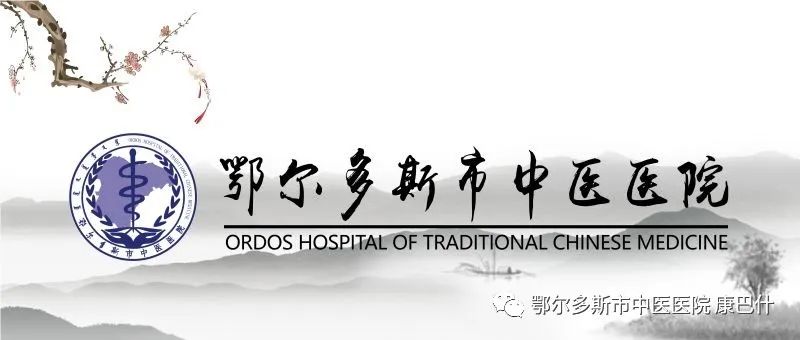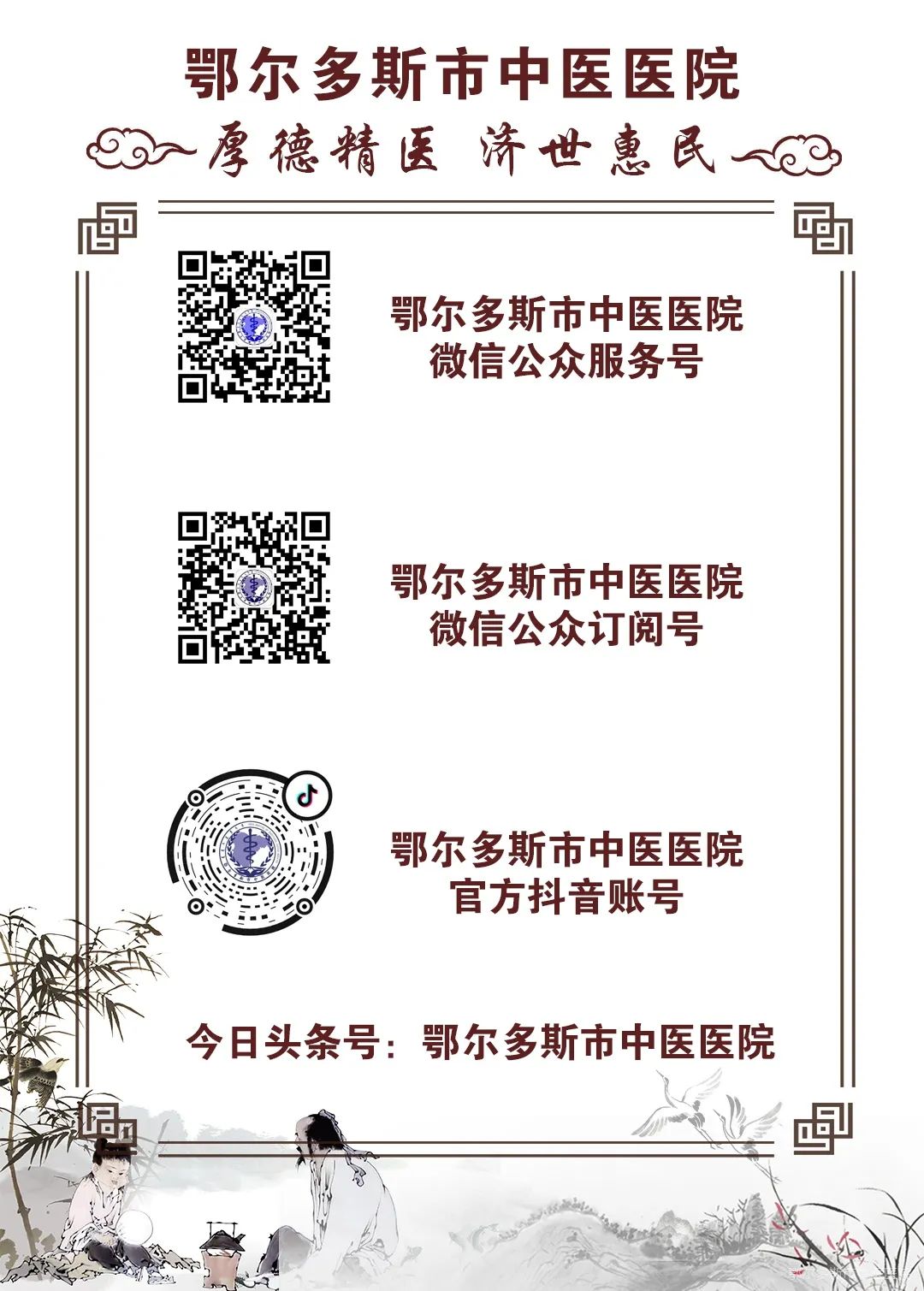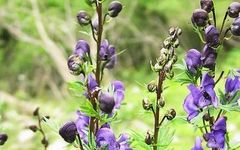
Fu Zi (Aconite)
Fu Zi grows attached to the root of the Aconitum plant, resembling a child attached to its mother, hence the name. Fu Zi is known as the “first essential medicine for reviving yang and rescuing from reversal.” The ancients said: “Fu Zi has three uses: first, to dispel cold from the organs; second, to replenish insufficient yang qi; third, to warm the spleen and stomach.” The Song dynasty physician Dou Cai, who was adept at using warming herbs, stated: “The first method for preserving life is moxibustion, the second is elixirs, and the third is Fu Zi.” The medical sage Zhang Zhongjing praised: “Fu Zi and Da Huang (Rhubarb) are the generals among medicines, while Ren Shen (Ginseng) and Shu Di Huang (Rehmannia) are the ministers among medicines.” The Ming dynasty physician Yu Bo recorded in his “Medical Canon”: “Fu Zi is the essential medicine for prolonging life. Fu Zi possesses a robust quality, with the energy to break through barriers.” In critical situations, it is the only remedy that can save.
Chinese Medicine | Fu Zi
【Source and Processing】
Fu Zi is a processed product of the root of the Aconitum plant from the Ranunculaceae family. It is categorized based on processing methods into Sheng Fu Zi (Raw Aconite), Yan Fu Zi (Salted Aconite), Bai Fu Pian (White Aconite Slices), Hei Shun Pian (Black Aconite Slices), Dan Fu Pian (Light Aconite Slices), and Pao Fu Pian (Processed Aconite Slices).
Nai Fu Zi: Harvested from late June to early August, the mother root (processed separately into Chuan Wu) and fibrous roots are removed along with soil, commonly referred to as “Nai Fu Zi.”
Sheng Fu Zi: The Nai Fu Zi is cleaned of soil, washed, and dried in the sun.
Yan Fu Zi: Select large, uniform Nai Fu Zi, wash, soak in a solution of bile for one night, then add salt. Continue soaking, taking it out to dry in the sun daily, gradually extending the drying time until a large amount of crystalline salt (salt frost) appears on the surface, and the texture becomes hard, commonly referred to as “Yan Fu Zi.”
Hei Shun Pian: Clean Nai Fu Zi by size, soak in a bile solution for several days, boil with the soaking liquid until thoroughly cooked, remove, rinse, cut into slices about 0.5 cm thick, soak in water, dye with a coloring solution to a deep tea color, steam until an oily surface and gloss appear, then dry or continue to bake until dry.
Bai Fu Pian: Select uniform-sized Nai Fu Zi, wash, soak in a bile solution for several days, boil with the soaking liquid until thoroughly cooked, remove, peel, cut into slices about 0.3 cm thick, soak in water, steam until cooked through, and dry.
Fu Pian: (Hei Shun Pian, Bai Fu Pian) can be used directly in medicine.
Dan Fu Pian: Take Yan Fu Zi, soak in clean water, changing the water 2-3 times daily until the salt is completely removed, then cook with licorice and black beans until thoroughly cooked, until there is no numbness when tasted, remove, discard licorice and black beans, cut into thin slices, and dry.
Pao Fu Pian: Take Fu Pian, and roast using sand until it puffs up and slightly changes color. This product resembles Hei Shun Pian or Bai Fu Pian, with a surface that is puffed and yellow-brown, and a loose, crisp texture. It has a faint aroma and a bland taste.
【Properties and Channels】
Fu Zi is pungent, sweet, and extremely hot, with toxicity; it enters the Heart, Spleen, and Kidney meridians.
【Toxicity】
Raw Fu Zi has high toxicity, which can be reduced through processing, decoction, and proper compatibility. Improper processing or excessive dosage can easily lead to poisoning. Symptoms of Fu Zi poisoning are similar to those of Chuan Wu, including numbness of the lips and tongue, hands and feet, loss of motor function, arrhythmia, and even cardiac and respiratory paralysis leading to death. In case of poisoning, immediate detoxification and symptomatic treatment are required.
【Usage】
Must be decocted first, and for a long time. Decoction containing Fu Zi generally takes a long time, so the decoction is prone to drying out; it is crucial to avoid adding cold water midway, as this may increase the toxicity of Fu Zi. Before decocting, it is essential to estimate the amount of water needed and add enough at once.
【Functions and Indications】
Fu Zi has the effects of reviving yang and rescuing from reversal, supplementing fire and assisting yang, dispelling cold and eliminating dampness. It is used for yang collapse, cold limbs with weak pulse, insufficient heart yang, chest obstruction and heart pain, cold and deficient vomiting and diarrhea, cold abdominal pain, kidney yang deficiency, impotence and cold uterus, cold and damp edema, yang deficiency with external pathogens, and cold damp bi pain.
【Contraindications】
Contraindicated in cases of yin deficiency with excess yang, true heat with false cold, and in pregnant women. It is not advisable to drink alcohol during treatment, especially not with white liquor.
【Compatibility Contraindications】
Fu Zi is incompatible with Bei Mu (Fritillaria), Bai Lian (White Poria), Ban Xia (Pinellia), Guo Lou (Trichosanthes), and Bai Ji (Bletilla).
Compatible Formulas
Si Ni Tang
Composed of Zhi Gan Cao (Honey-fried Licorice), Gan Jiang (Dried Ginger), and Sheng Fu Zi (Raw Aconite). It has the effect of reviving yang and rescuing from reversal. It is indicated for Shaoyin disease, yang qi deficiency, and internal excess of yin cold leading to cold extremities, aversion to cold, curled up posture, fatigue, diarrhea with clear stools, cold abdominal pain, bland taste with no thirst, pale tongue with white coating, and deep weak pulse; as well as for yang collapse due to excessive sweating or profuse sweating.
—— Formula from “Shang Han Lun”
Jin Gui Shen Qi Wan (Patent Medicine))
Composed of Di Huang (Rehmannia), Shan Yao (Chinese Yam), Shan Zhu Yu (Cornelian Cherry, wine-fried), Fu Ling (Poria), Mu Dan Pi (Moutan), Ze Xie (Alisma), Gui Zhi (Cinnamon Twig), and Fu Zi (roasted), Niu Xi (Achyranthes, head removed), Che Qian Zi (Plantago, salt-fried), etc. It has the effect of warming and tonifying kidney yang, transforming qi and promoting water metabolism. It is used for kidney deficiency with edema, soreness and weakness of the lower back and knees, and difficulty in urination, with aversion to cold and cold limbs.Chinese Medicine Story
It is said that near the Qianyuan Mountain in Jiangyou, Sichuan, there was an old Taoist priest who went out to beg for alms, understanding the suffering of the local people, and often went up the mountain to collect herbs and refine elixirs, providing free treatment or health care for the poor. One day, while gathering firewood in the woodshed, he saw a common type of firewood with many roots, two or three tubers growing together, and many fibrous roots attached outside. The Taoist had a sudden inspiration, peeled the roots, boiled, and roasted them into a shiny black thin slice. When refining elixirs, he tried adding this herb, and unexpectedly, the elixirs produced excellent results. The common people who took this elixir could enhance their physical strength and prevent cold in winter. However, this medicine was toxic, and the dosage was difficult to control. The old Taoist worried that after his death, no one would be able to refine the elixirs properly, so he adopted an orphan as a disciple and passed on his medical skills to the young Taoist. The young disciple was very clever, constantly changing the methods of preparing the medicine, personally testing the herbs, and gradually discovered that the fibrous roots of the herb were less toxic than the main root and easier to control in dosage, resulting in better elixirs. The master and disciple selflessly taught the identification and preparation methods of this new medicine to the surrounding people, helping countless poor individuals. Because ancient medical skills were often passed down from father to son, people mistakenly believed that this master and disciple were father and son, thus naming this new medicine “Fu Zi” (Aconite), as the fibrous roots are attached to the main root.
Special Note: The medicines and formulas mentioned in this article are for reference and learning purposes only and cannot replace prescriptions. Traditional Chinese Medicine emphasizes differential diagnosis and treatment, and medication should be tailored to individuals and conditions. Always consult a qualified physician for diagnosis and treatment plans based on individual symptoms.
—END—
Content Source: “Shen Nong Ben Cao Jing” Interpretation of Medicinal Herbs, Medical Encyclopedia, etc.
Images: Source from the internet
Editor: Yuan Jiapu


